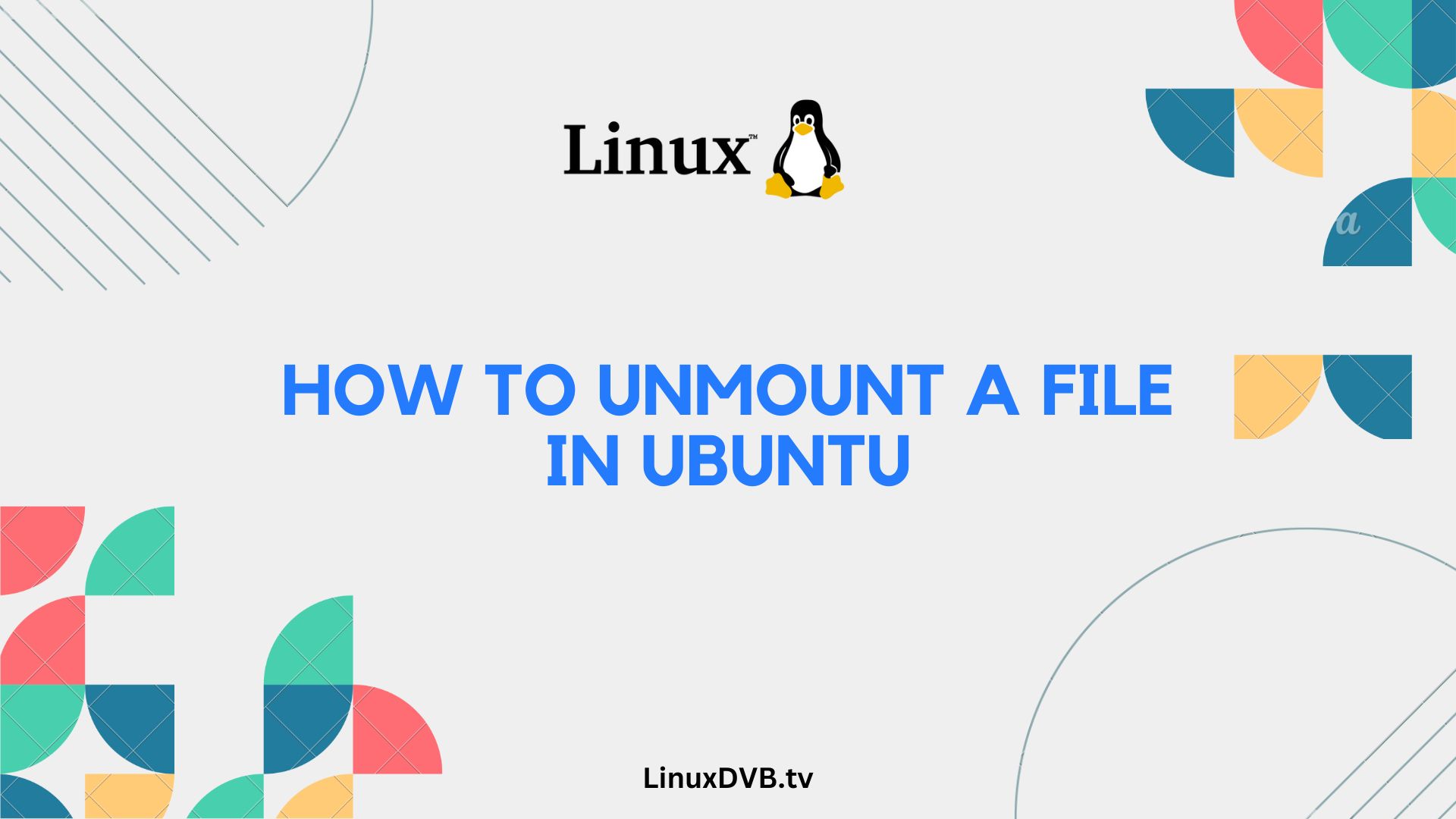Introduction
Are you puzzled about how to unmount a file in Ubuntu? Don’t worry; we’ve got you covered. Ubuntu, a popular Linux distribution, provides a robust and efficient way to manage your files and storage. In this guide, we will walk you through the process of unmounting a file in Ubuntu, ensuring a smooth and hassle-free experience.
Table of Contents
How Do I Unmount a File in Ubuntu?
Unmounting a file in Ubuntu is a fundamental operation, but it’s crucial to do it correctly to prevent data loss or corruption. Let’s dive into the step-by-step process:
1. Launch the Terminal
To begin, open the Terminal in Ubuntu. You can do this by pressing Ctrl + Alt + T or by searching for “Terminal” in the application launcher.
2. Identify Mounted Devices
Before unmounting a file, you need to identify the mounted devices. Use the following command to list all mounted devices:
df -h
This command will display a list of mounted devices along with their details, including the file system and mount point.
3. Select the File or Device to Unmount
Look for the device or file that you want to unmount in the list generated by the previous command. Make note of the mount point associated with it.
4. Unmount the File
Now, you can unmount the file or device using the umount command. Replace [mount-point] with the actual mount point you identified in step 3:
sudo umount [mount-point]
You’ll need superuser privileges to unmount the file or device, so Ubuntu will prompt you to enter your password.
5. Verify the Unmount
To ensure that the file or device has been successfully unmounted, you can use the df -h command again. If the mount point no longer appears in the list, it means the unmounting process was successful.
Frequently Asked Questions (FAQs)
Can I unmount a file without using the Terminal?
Yes, you can unmount a file using the Ubuntu file manager. Simply right-click on the mounted file or device and select “Unmount.” This method is more user-friendly for those who prefer a graphical interface.
What happens if I force unmount a file?
Force unmounting a file or device should be a last resort. It can lead to data loss or file system corruption if files are in use. It’s always best to gracefully unmount by closing any open files or applications using the device before unmounting.
Can I remount a file after unmounting it?
Yes, you can remount a file or device after unmounting it. To do this, use the mount command with the appropriate options and mount point.
Is unmounting the same as ejecting?
Unmounting and ejecting are similar but not the same. Unmounting removes the file system from the directory tree, while ejecting physically ejects removable media, like USB drives or DVDs.
Can I unmount multiple files simultaneously?
Yes, you can unmount multiple files or devices simultaneously by specifying their mount points in the umount command, separated by spaces.
What should I do if I encounter errors during unmounting?
If you encounter errors while unmounting, check if any files or applications are still using the device. Close them, and try unmounting again. If the issue persists, you may need to use the -f (force) option with caution.
How do I unmount Linux?
To unmount Linux as a whole is not possible, as Linux is an operating system. You can only unmount specific filesystems or devices within Linux using the “umount” command.
How do I unmount a file in Ubuntu?
To unmount a file in Ubuntu, you can use the “umount” command followed by the file’s path or mount point.What is the command to unmount?
The command to unmount is “umount” in Linux, used to detach mounted filesystems.Conclusion
Unmounting files in Ubuntu is a straightforward process, but it’s essential to follow the steps carefully to avoid potential data loss or corruption. With this guide, you now have the knowledge and confidence to unmount files and devices efficiently. Whether you’re a beginner or an experienced Ubuntu user, mastering this skill is crucial for managing your files effectively.

